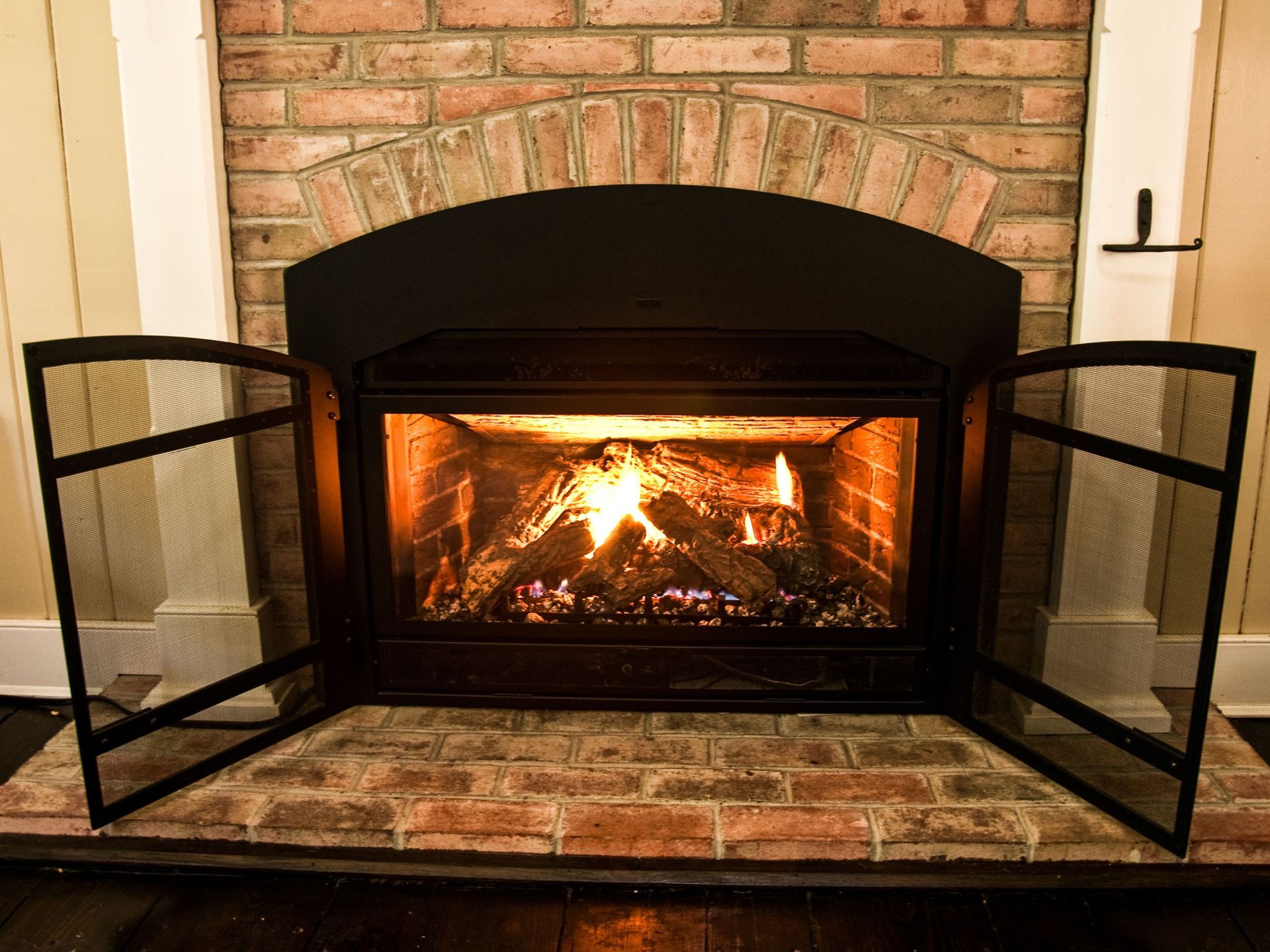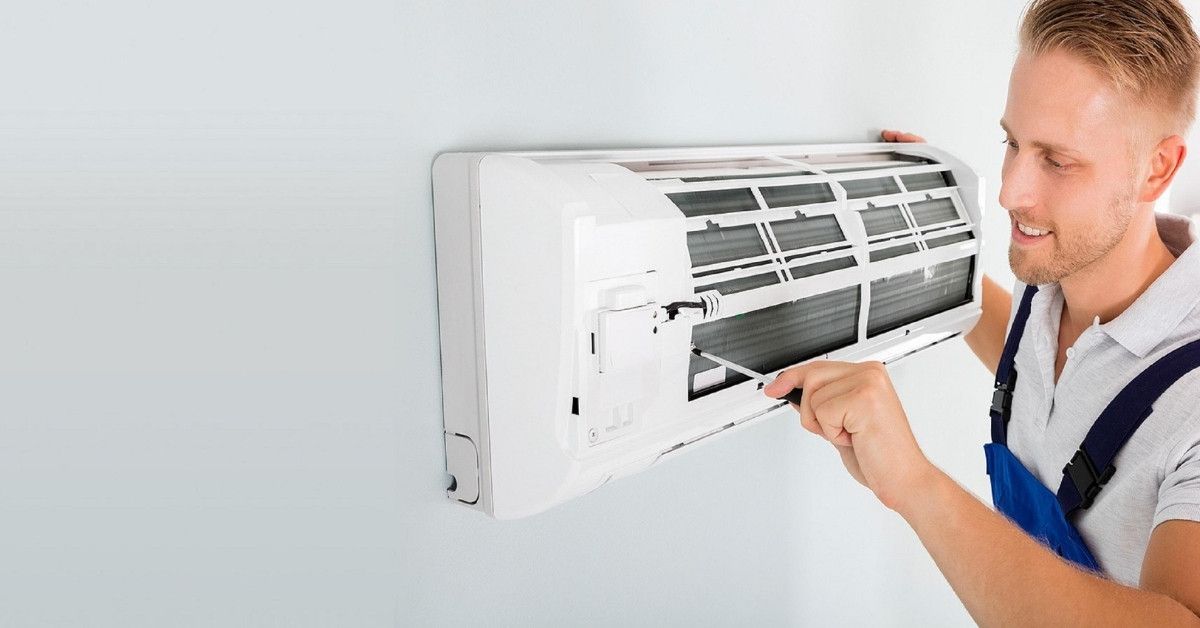What Is A Thermostat Gas Fireplace?

Keeping the temperature in your home just right is crucial for making sure you feel comfortable and relaxed. One of the best ways to do this is by using a thermostat gas fireplace. This type of fireplace uses a thermostat to control the heat, making it super easy for you to adjust the temperature to your liking.
When it comes to thermostat gas fireplaces, there are a few different types to choose from. Some are manual, which means you have to physically adjust the temperature setting yourself. Others are programmable, which allow you to set a schedule for the temperature to automatically change at certain times of the day. And then there are remote control thermostats, which let you adjust the temperature setting from a remote location, such as a smartphone or tablet.
In this guide, we'll take a closer look at the different types of thermostat gas fireplaces, how they work, and give you some helpful tips on how to choose, install, and maintain one in your home.
Understanding How Thermostat Gas Fireplaces Work
Thermostat gas fireplaces have a few important parts that work together to keep the temperature just right. These parts include a gas valve, a thermocouple, and a thermostat. The gas valve controls how much gas goes to the fireplace. The thermocouple is a safety feature that makes sure the gas is burning the right way. And the thermostat is the part that controls the temperature of the fire.
When you set the thermostat to a certain temperature, it sends a signal to the gas valve to open or close. If the room temperature is lower than what you want, the gas valve opens and lets more gas go to the fireplace. This makes the flame bigger and raises the room temperature. But if the room temperature is higher than what you want, the gas valve closes and less gas goes to the fireplace. This makes the flame smaller and lowers the room temperature.
Choosing the Right Thermostat for Your Fireplace
There are several types of thermostats available for gas fireplaces, including manual, programmable, and remote control thermostats.
- Manual
Manual thermostats are a simple type of thermostat that you have to adjust yourself. This means you will have to go to the thermostat and change the temperature setting every time you want to adjust the temperature in your room.
With manual thermostats, you don't have the luxury of scheduling the temperature changes or controlling it remotely. This type of thermostat is suitable for people who don't mind doing this task and don't want the extra features that other types of thermostats offer.
- Programmable
Programmable thermostats are a more advanced type of thermostat that allow you to set a schedule for the temperature to change automatically. This means you can set the thermostat to change the temperature at different times of the day without having to manually adjust it.
This type of thermostat is perfect for people who want the temperature to be automatically adjusted to their preference and schedule. It is also great for those who may forget to adjust the temperature manually or for those who want to save energy by having the temperature adjusted when they are not at home.
- Remote Controlled
Remote control thermostats allow the user to control the temperature setting from a remote location, such as a smartphone or tablet.
When choosing a thermostat for your gas fireplace, it is important to consider the compatibility with your fireplace and the energy efficiency. It is also important to keep in mind the features you would like to have in a thermostat, such as remote control or automatic temperature control.
Installation and Maintenance
Installing a thermostat on your gas fireplace is a relatively straightforward process, but it is important to follow the manufacturer's instructions and to use the appropriate tools and equipment. It is also important to ensure that the installation is done by a qualified professional.
Once your thermostat is installed, it is important to maintain it to ensure it continues to function correctly. This includes regularly cleaning the thermostat and ensuring that it is free of dust and debris. It is also important to test the thermostat to ensure that it is working correctly.
If you encounter any issues with your thermostat, it is important to troubleshoot the problem and to contact the manufacturer or a qualified professional for assistance.
Conclusion
In conclusion, a thermostat gas fireplace is a great way to control the temperature in your home. By understanding how they work, choosing the right thermostat, and properly maintaining it, you can ensure that your gas fireplace continues to provide you with a comfortable living environment. Remember to consult with a professional for the installation and for troubleshooting any issues that may arise. With this guide, you'll have the power to control the heat in your home and enjoy a cozy fire at the same time.










